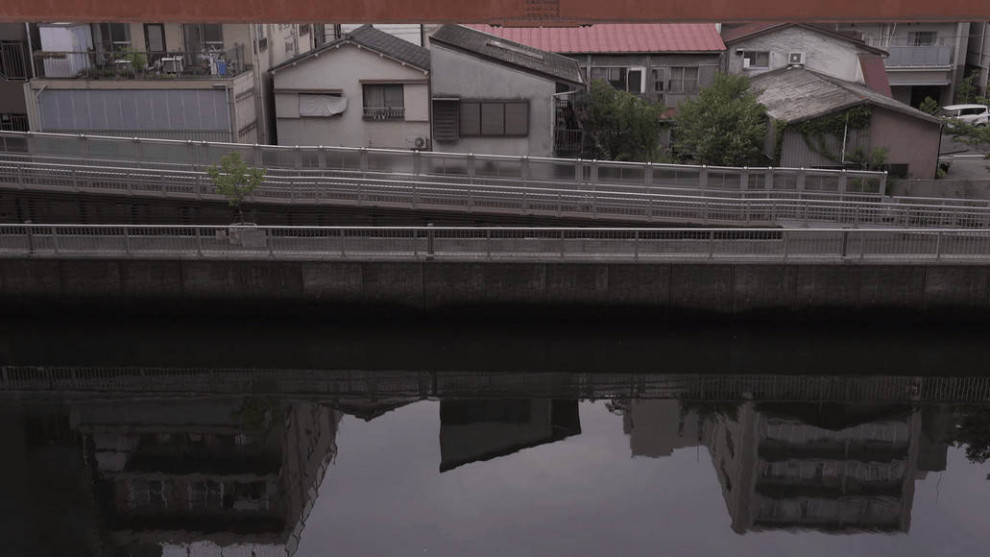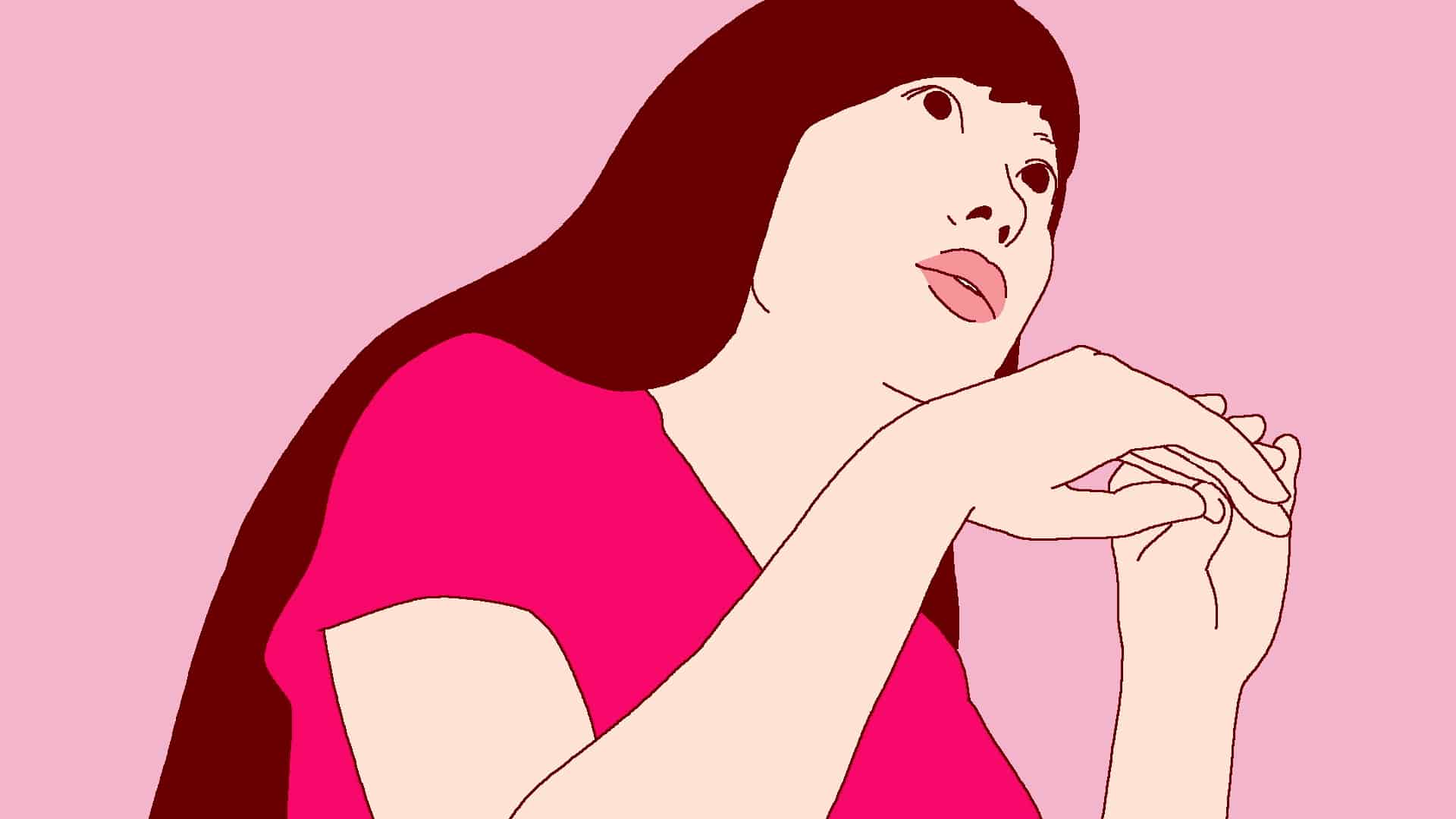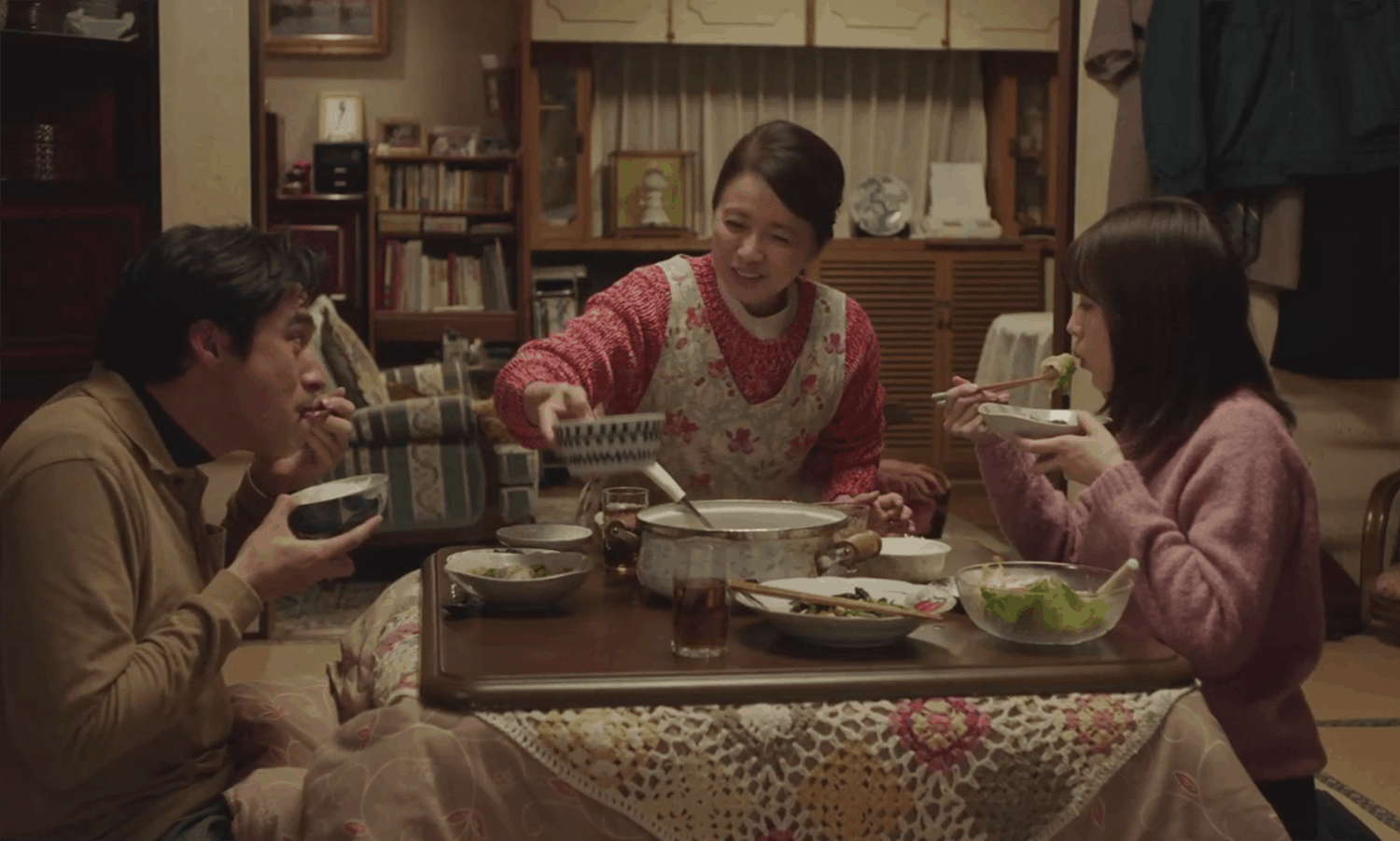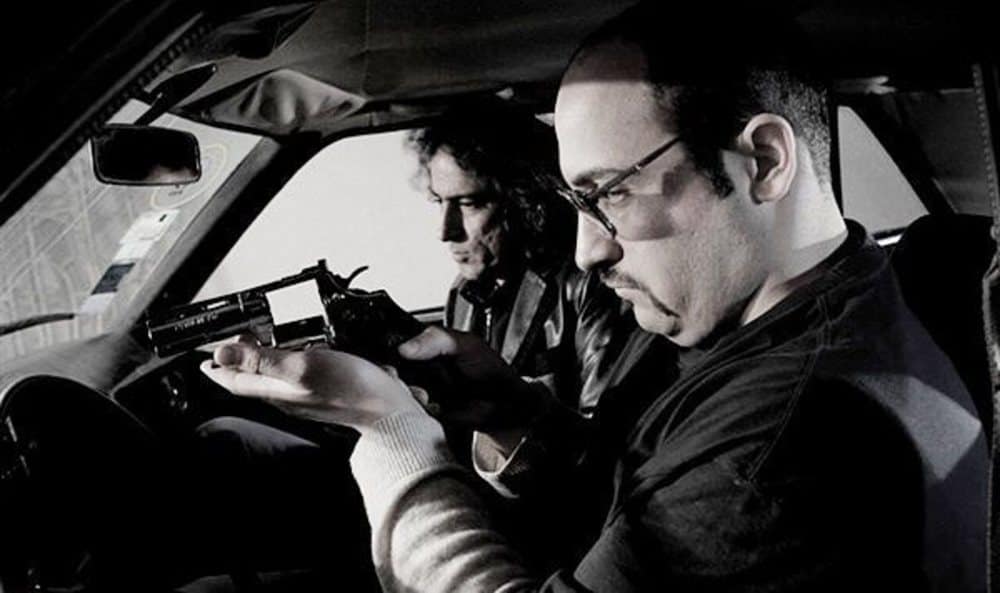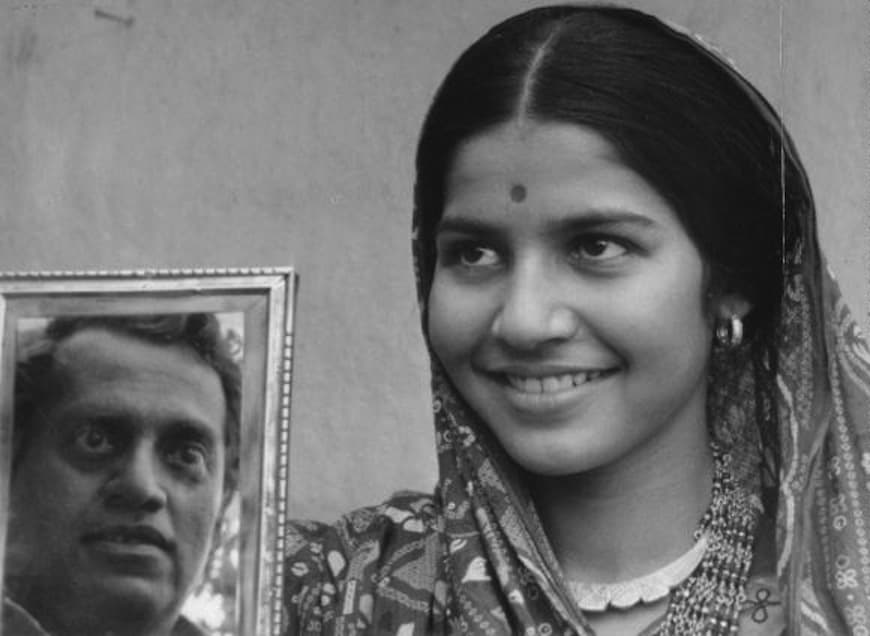“The body shivers from an excess of critical distance.”
Although it is already difficult to define your role in this world, it is perhaps even more challenging to think of finding a meaningful link with the world around you. At first the task may seem banal to some, but considering the constant stream of information and images our world offers us on a daily basis, this connection becomes not only important but also an ever-changing concept. The simple question of how we fit into this world and what this “we” actually is as well as what the “I” can contribute is complex and yet necessary to find an answer too. For artists like Shelly Silver finding an answer motivates her work, and thus her films such as “A Tiny Place That is Hard to Touch”.
In the documentary a Japanese woman tells the story of her work for an American woman translating interviews. During her various meetings the American reveals her misconceptions and presumptions about Japan and Japanese women, causing the two to argue and fight at some point. However, the two also become lovers, but no matter the circumstances there is still this distance between them which they try desperately to overcome.
“A Tiny Place That is Hard to Touch” is screening at
Sheffield Doc/Fest

Apart from the themes just mentioned the very nature of Silver's film confront the viewer with the various constructions of the world, especially through one's perception and the medium of film. Since the story of the Japanese woman if told via voice-over the visuals of the film consists of images of Tatekawa, Tokyo, most importantly a canal covered by an elevated highway as well as the surrounding area. Seemingly arbitrary at first, the question of how to link the images with the narration showcases the connection of film, narrator and viewer since the latter “puts the pieces together”, so to speak.
Considering Silver's background as an American born in New York City the idea of the urban space is also interesting in her movie. In interviews she explains how the concept of public places manifest or construct the aforementioned link between the “I” and the “us”, as well as to the place itself. The nature of the images in “A Tiny Place That is Hard to Touch” along with Mike Degen's sound design suggest the various levels of emotional connection ranging from distance to tentative closeness. Fittingly, this observation can also be applied to the relationship of the two women as their various concepts, the American's reference to facts and figures and the other's “critical distance, interfere with a more meaningful understanding. Also, this fragmented understanding of the “other” defines how we see this person: a collection of images, statements and observations.

Ultimately, “A Tiny Place That is Hard to Touch” offers a contemplation on the nature of our relationship with the world. With its wonderfully suggestive cinematography and sound design it is a thought-provoking, multiple-layered documentary.
Sources:
1) Looking and Being Looked At (2014)
A discussion between Shelly Silver and curator Claire Barliant
https://static1.squarespace.com/static/55fb7a98e4b0fa9f9a7f7a45/t/56572a0ce4b0f60cdba10a18/1448552972387/vision+anew+full+sm.pdf, last accessed on: 05/17/2019
2) Dialogue: the works of Shelly Winter (2002)
Ann-Hubert Sigwart interviews Shelly Winter
https://static1.squarespace.com/static/55fb7a98e4b0fa9f9a7f7a45/t/566bb7bfa12f444cd6cfa116/1449899967838/nparadoxa+interview+s.pdf , last accessed on: 05/17/2019


